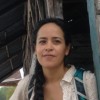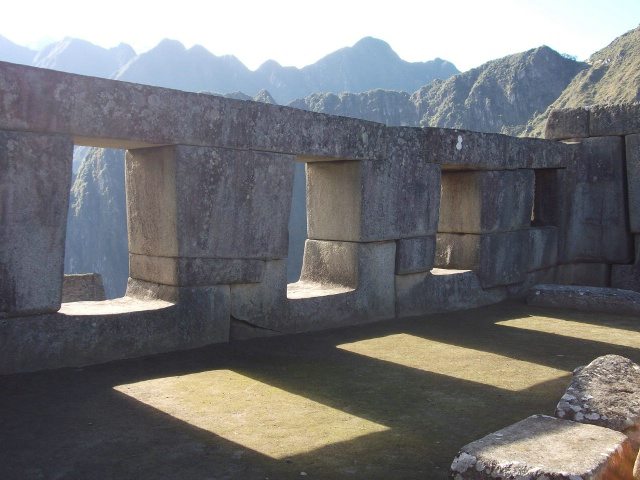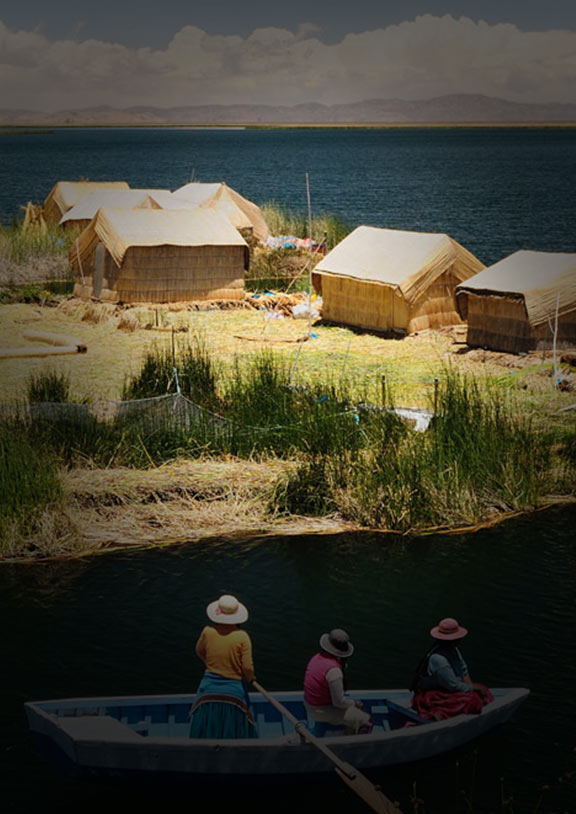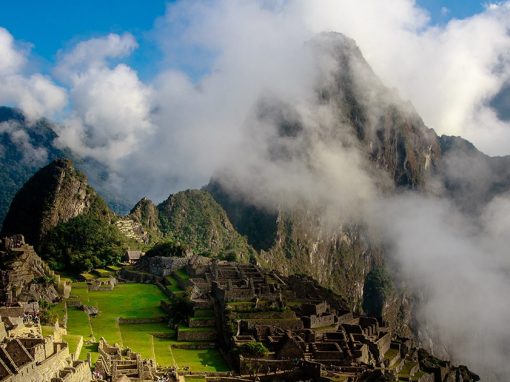Martin Chambi is without question one of the greatest photographers that Peru, and indeed South America, has produced. Chambi first gained international recognition for his photographs of Machu Picchu, which were published in magazines, in newspapers like Buenos Aires’ La Nación, and in Hiram Bingham’s first book Inca Land: Explorations in the Highlands of Peru in the 1920s.

Chambi’s photography is deeply anthropological. This photograph of an Andean worker in Machu Picchu was published by Hiram Bingham in 1922. Source: Wikimedia Commons.
Martin Chambi was born in 1891 in a small village near Puno on the shores of Lake Titicaca to a Quechua-speaking family. His father was a laborer for a mining company, and when he died the young Chambi relocated to Arequipa, where he became an apprentice and learned his trade. Given his humble origins, Chambi’s subsequent economic prosperity was rather extraordinary for the times.
Once trained, Chambi began his career in Cusco in 1923 and he established a studio on Calle Marquez near the Plaza de Armas. He quickly became the favored photographer among members of Cusco’s high society, who commissioned him to do portraits and to photograph weddings, baptisms, and other social events.
Chambi’s true passion, however, was Andean culture – indigenous people, their culture and enduring customs, and the landscapes that they inhabited. At a time when indios were regarded as dirty, poor, and inferior, Chambi’s pictures captured the dignity of his subject and the elegance of traditions retained despite centuries of oppression.
In addition to taking studio portraits of indigenous subjects, Chambi traveled into the Sacred Valley, using horses to cart around his heavy camera equipment, which included a 44 lb (20 kg) tripod. His daughter Julia, once old enough, accompanied him on some of these trips through the countryside, which lasted 15 to 30 days at a time, and she later became a photographer as well.
As the official Chambi website notes, “Surely without intending it, Chambi became in effect the symbolic photographer of his race, transforming the telluric voice of Andean man, his millenary melancholy, his eternal neglect, his quintessentially Peruvian, human, Vallejo-like pain into the truly universal.”
Today, the Chambi family is working to create an institute in Cusco to preserve the vast collection of photographs, glass plates, and equipment that Chambi bequeathed to his descendants. If you are in the process of planning your Peru vacation, or already in Peru and wondering what to do in Cusco or Arequipa, you can visit ongoing exhibitions of Chambi’s work. In Arequipa, the Museo de Arte Contemporaneo (MAC) is wrapping up an exhibit that features portraits of Arequipeño high society and also photographs of the “White City” and surrounding landscapes. Meanwhile, in Cusco, travelers have until November to see the Chambi exhibit at the former palace of the Inca Tupac Yupanqui located on Calle Maruri.
It is a truly remarkable experience to see these photographs, which include street scenes, impressively scenic landscapes, Inca archaeological sites, and images of people, wealthy and poor. They recall a past that is strangely familiar – when we travel through these places we recognize the passage of time, but we are also able to see some of these same scenes in Peru today.

Anabel has been exploring the length and width of South America since 2010. Ditching preconceptions, settling into the local pace, and embracing the unexpected are the tenets of her philosophy of travel – and life.









